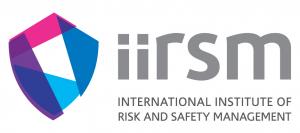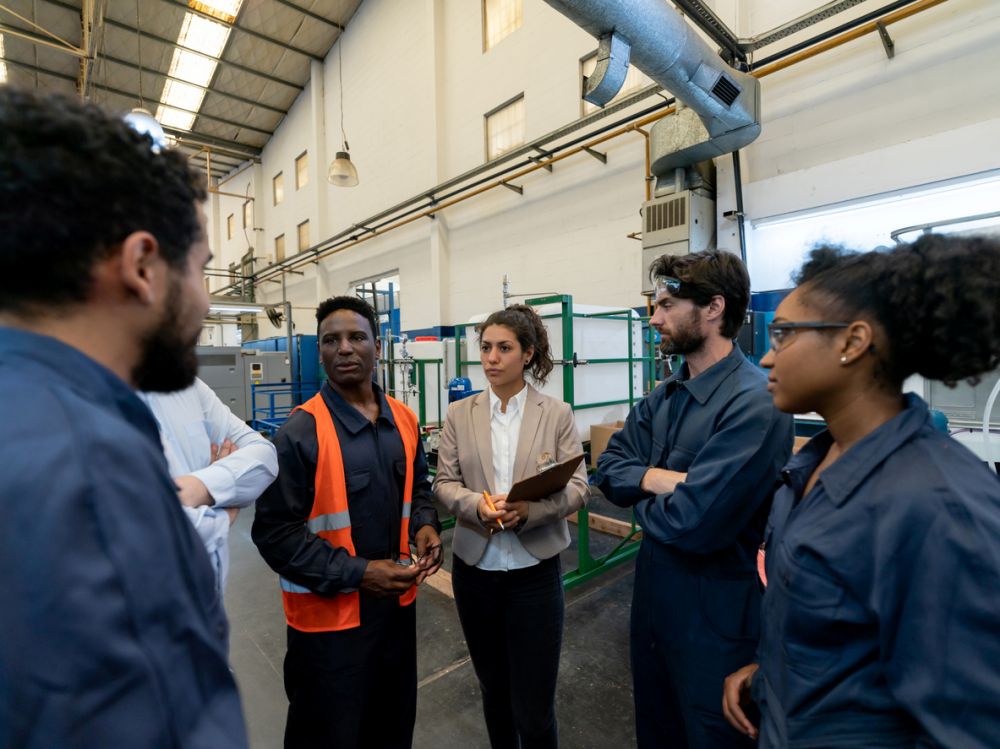Safety Improvement Team Training
Still have a question?
If you can’t find the answer to your questions, please get in touch.
At a Glance

What we do
Who relishes slide after slide of dry theory and prescriptive learning? Some may; most would want to avoid it and we’re pretty sure you’ll be with the majority! As a general rule people learn best when they can apply theoretical concepts to their personal role and situation. So when covering material in our Safety Improvement Team course, we follow our Explore > Engage > Embed model:
Explore > Engage > Embed
Each engagement is unique; we start by getting to grips with where you are as an organisation and work with you to tailor your training to maximise its impact and any previous training investments.
We seek to align materials to your organisation’s existing tools, processes and jargon where deemed appropriate, as well as incorporating case studies that will resonate with employees within your industry space.
- Creating Safety – assessing existing processes and culture
- Identifying human fallibility types (errors vs violations)
- Just Culture – accountability and recognition
- Behavioural Psychology – what motivates risk taking
- Identify: how to choose behaviours to consider for the π Process (e.g. where to look for them)
- Measure: how to measure well enough to benchmark, but to not become consumed by numbers and graphs
- Analyse: The importance of being analytical and how to do it well (e.g. good techniques and effective style of application)
- Design: How to use the information gained from analysis to address the drivers of unwanted behaviours and to make impossible or discourage unwanted behaviours within the workplace
- Deliver: What information to present to the leadership team and/or internal team advocate to sell the proposed solution(s)
Putting Safety Positively – The Art of Curious Conversations:
- Theory, Discussion, Demonstration
- Practical Conversations – practising
We give you the structure of a good conversation, tips on making it sound authentic and a safe space in which to practise.
- Team Structure & Roles
- Planning Tasks
- Selling Your Idea
- Holding Effective Meetings
- Communicating Progress and Results
- Agreeing next steps
Up to two hours support is provided per month for three months via e-mail or phone to address day to day issues as they arise.
Optionally, we can provide a trusted advisor service, where your Principal Consultant will attend four, one-day, quarterly meetings per annum to provide support, coaching or advice, supporting the embedding of the Pi Process in your organisation. To be effective, these require attendance of the team and their advocate and leadership support.
Why we do it
Frontline staff often have the best insight into where things might be going wrong and why. Research (UK HSE RR367) shows a correlation between ownership of safety by frontline staff and safety performance. By giving your Safety Champions personal ownership of safety, together with the necessary knowledge, tools and support they need to make an impact, you will see tangible improvements in safe working behaviours, communication and employee engagement.
And whilst typically targeted at safety improvements, the principles, process and tools covered in this course can equally be applied to Wellbeing, Quality, Environmental or Production improvements. Indeed, addressing one often positively impacts the others at the same time.
Who should attend our Safety Improvement Team Training?
Our Safety Improvement Team Training is suitable for anyone who wants to get involved in improving the safety performance and working environment of the organisation. Ideally volunteers will be identified during broader employee awareness training and/or safety leadership training, and taken from a cross-section or diagonal slice of the organisation. Most importantly, participants will have an open mind and a desire to make an improvement in the working conditions and practices of the organisation.
We recommend a minimum of six delegates and maximum of nine attend one course to maximise learning and team cohesion. It is possible to run more than one course per organisation if required so that multiple teams can focus on different issues concurrently.
What’s in it for you?
As this course is consultant-led rather than trainer-led, it is worlds away from regurgitating a pre-formatted script. Together with the delegates, we create a space to explore the subject in-depth, engage in discussion and hence fully embed learning, resulting in an immensely powerful learning experience.
The following benefits will be achieved with the appropriate application of the newly trained team being adequately supported by the leadership team. Specifically, this looks like the improvement team being given adequate time to meet, measure, analyse, design and for their work to be listened to and acted upon without quashing their ownership.
- Improved ownership of safety by employees who have not previously had that opportunity
- A completed first improvement design
- Better communication between teams (particularly where members of the improvement team come from different departments and levels in the organisation)
- Better usability of the workplace, making the safe way quicker and easier to encourage safe behaviours and discouraging unsafe behaviours
- Enhanced Employee Engagement and involvement by the workforce in safety
All of the above will strengthen your organisation’s safety culture. This is pertinent to the organisation because it will support the business in preventing future accidents, reducing lost time incident rate, and improving leadership skills at all levels.
Materials/Certification
All delegates will receive:
- Workbook with a copy of the course slides and plain notes pages for delegates to personalise and make notes
- IIRSM-approved course certificate
- π Process Document
During the course, delegates will work through one complete ‘on the ground’ scenario and record this in the π Process proforma, with guidance from the course consultant.
The complete example and a proposed solution will be agreed between the delegates, the course consultant and a suitable representative from the leadership team to cement the confidence and intent of the team.
Frequently Asked Questions
Yes! We recognise that getting people in a room together for a whole day or more can be challenging and we are happy to break the course down into smaller modules where needed.
In fact, we prefer to run the training course in at least two separate blocks – the final day is typically delivered after a short break to allow the team to work on actual data collected and analysed and put some tools and techniques into practice. This includes a (pre-planned) meeting with their internal advocate and a member of the leadership team to present their proposed solution in their proforma so that they can have their first solution approved.

